Master class: turunda in a couple of seconds using improvised means
Hygienic cleaning and administration of medications into the nasal cavity or ear is carried out using small soft flagella - turundas. Making a turunda for the ear is quick and easy, but you need to know how to twist the flagellum correctly so that it is sufficiently dense and at the same time remains flexible.

Turunda in the ear
Ear turundas are used for the following purposes:
- cleaning the ear canal from excess wax and other contaminants;
- introducing a medicine into the ear canal - for this, the prepared flagellum is impregnated with medicine in the form of a solution or ointment.
Cotton or gauze ear cords should be soft. It is not recommended to wrap cotton wool around a toothpick or match: such a rigid structure can easily cause damage if you accidentally push it too far.
Turunda in the nose
Soft flagella are used to clear the nose, or rather the nasal passages, of mucus. In addition, turundas inserted into the nostrils help to quickly stop nosebleeds if you combine their use with applying an ice compress to the bridge of the nose.
The turunda for the nose and ear does not differ in the manufacturing method and shape. But if you need tampons to stop nosebleeds, it is better to make them wider and shorter than flagella for administering medications.
We make it from a bandage
Gauze turundas have been used in medicine for many years. They are highly hygroscopic, so they can be used when it is necessary to drain exudate or pus.
A sterile gauze pad is suitable for making. And if you don’t have such a thing at home, then you can just as easily twist a flagellum from a bandage.
The sequence of actions when making a long turunda used to treat sinusitis:
- Cut a piece of bandage 5 cm wide and 30 cm long.
- Tuck the ends on all sides and iron them to secure them.
- Mark the center line along the length.
- Fold both sides of the bandage towards the center and iron.
- Fold it inside again and iron it again.
- Wrap the resulting strip around two fingers to make a ring, tuck the tip inward.
- Remove the gauze ring from your finger and roll it into a flagellum.
To get a short turunda, it is enough to cut a piece of bandage 10 cm long. The edges are also turned up and folded twice, and then simply rolled into a rope without forming a ring.
When treating otitis media or other ear diseases, the length of the tampon made should not exceed 6 cm for adults and 5 cm for children.
We make it from cotton wool
Many people use cotton wool turundas because they are easier and faster to make. To make it, you must have cotton wool, in no case of artificial origin. Only 100% cotton will do. It is better to buy a package of sterile cotton wool, this will eliminate the risk of accidentally introducing pathogenic bacteria into the nasal or ear cavity.
How to make a turunda from cotton wool?
- Pinch off a piece of cotton wool (the quantity is determined experimentally by the thickness and length of the resulting flagella).
- Lightly stretch the lump in your hands, but do not tear it.
- Twist into a long flagellum – 7–8 cm.
- Bend the resulting long rope in half and twist the halves tightly together.
The thickness of the finished product should be 5–6 mm, length – 3–4 cm.
Second manufacturing method:
- Stretch a piece of cotton wool and wrap it around a toothpick so that the tip of the wooden stick sticks out. At the first stage, do not wrap it tightly; the tourniquet should remain loose for now.
- Carefully pull the toothpick out of the cotton wool.
- Now turn in a spiral several times so that the turunda is well compacted.
Under no circumstances should a toothpick be left inside a cotton ball so as not to damage the mucous membranes of the nose or ear canal.
Made from a cotton pad
It’s even easier to make a turunda from a ready-made cotton pad. To do this you need:
- Divide the disk into two layers (if this is not done, the turunda will turn out to be too thick.
- Cut the disks in half.
- Gently twist it to form a cone shape.
- Tighten so that the finished product becomes denser and does not tend to unfold.
When rolling, you need to make sure that the outer layer of the halved disk remains on the outside, since the inner layer is fibrous. This means that cotton wool fibers may remain in the nasal or ear canal.
We do it for the child
Very often you have to make cotton or gauze hygienic flagella for a child. They are used to toilet a newborn, cleaning his ears and nose. Experienced mothers advise making a lot of cotton wool flagella at once and storing them in a sterile glass jar with a tight lid. In this case, turundas will always be at hand, if, of course, you periodically replenish the supply.
Cotton flagella will also be needed to treat various diseases. When there is a runny nose, they are used to clear the nasal passages of mucus, since a small child does not yet know how to blow his nose. For ear diseases, it is used to administer medications.
The technology for making cotton or gauze flagella for a baby is no different from the methods described above.The only condition is that the length of the products should not exceed 5 cm.
Terms of use
When carrying out medical and hygienic measures, you must adhere to a number of rules:
- Do not insert the turundas too deeply or do it abruptly; failure to comply with this rule may cause tissue damage;
- so that after completion of the procedure the flagellum can be easily removed from the canal, you need to ensure that the outer part is at least 1 cm long;
- The tampon should be inserted with light rotational movements, not jerks;
- if you intend to soak a tampon with medicine, then the solution must be heated to a temperature of 37 degrees.
Correct use of turundas will ensure the best therapeutic effect and safe hygienic procedures.
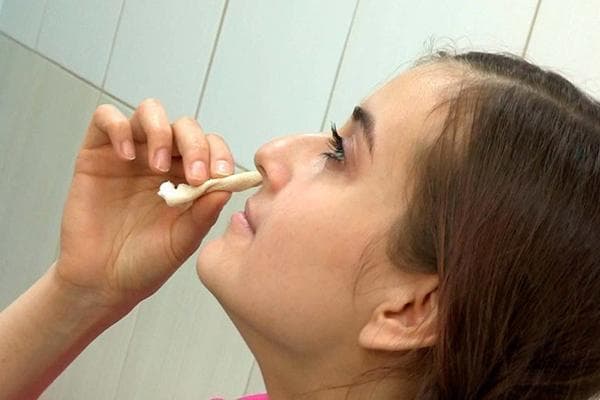
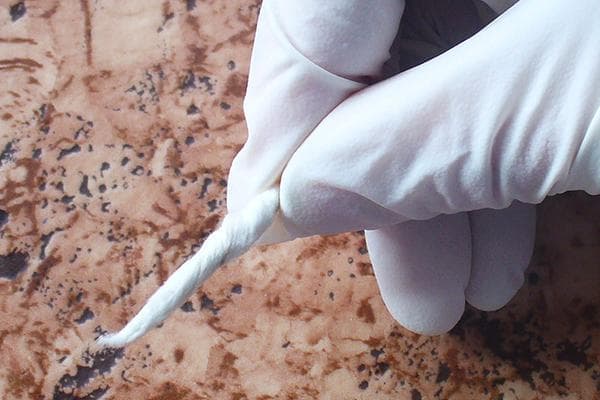
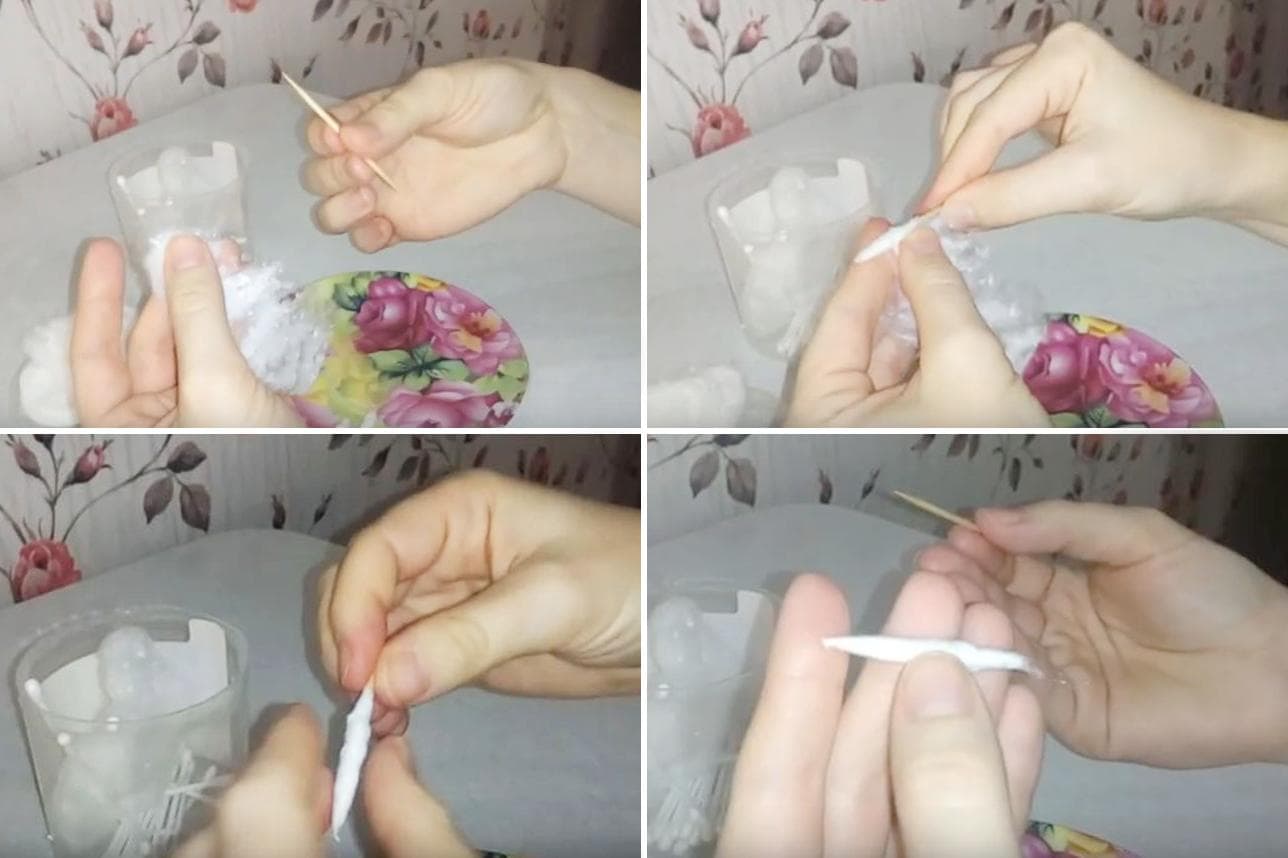
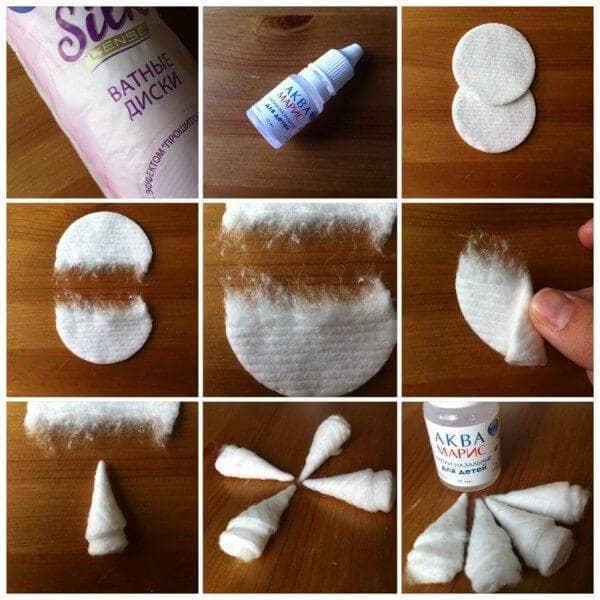
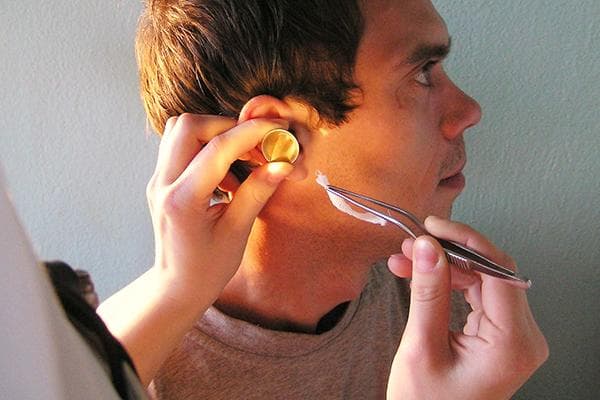
I couldn’t get normal turundas. Always falling apart and unwinding. I liked the toothpick method. I immediately screwed more and they held on and did not fall apart.